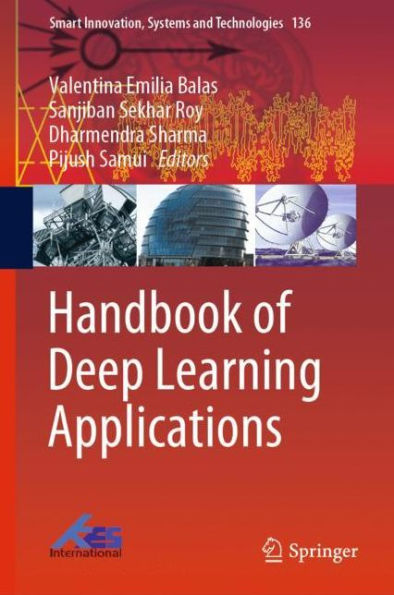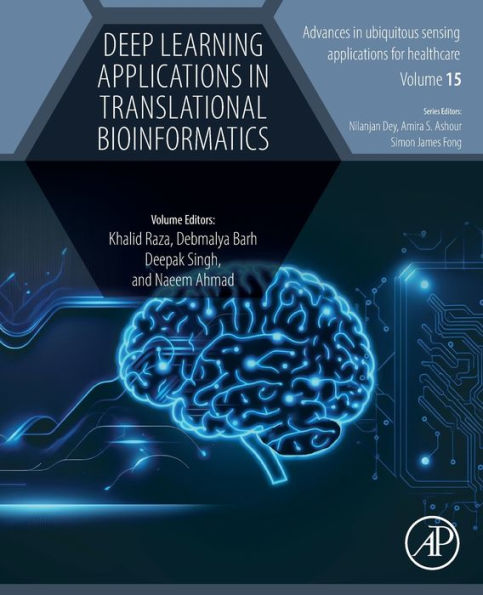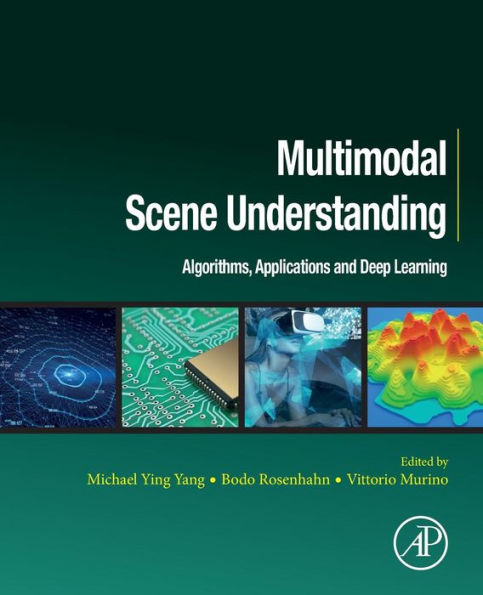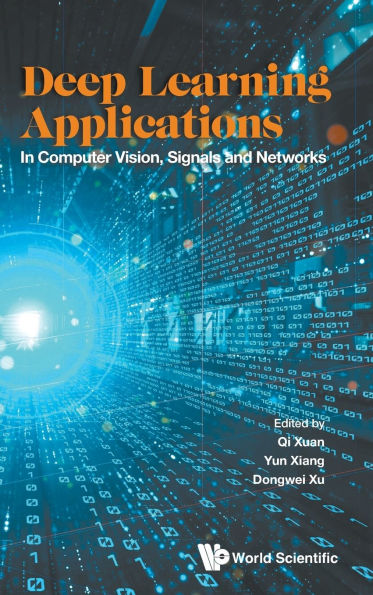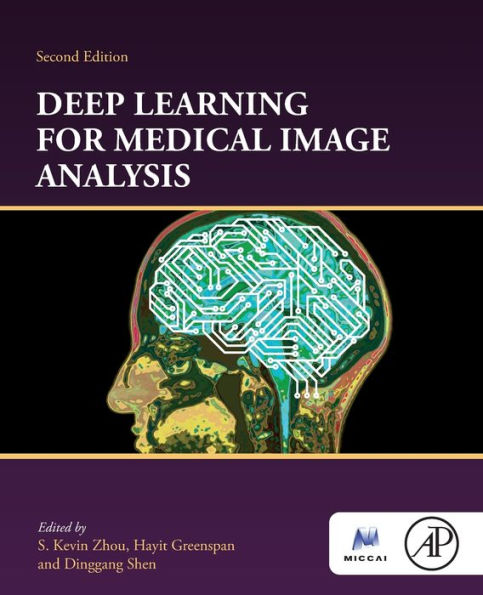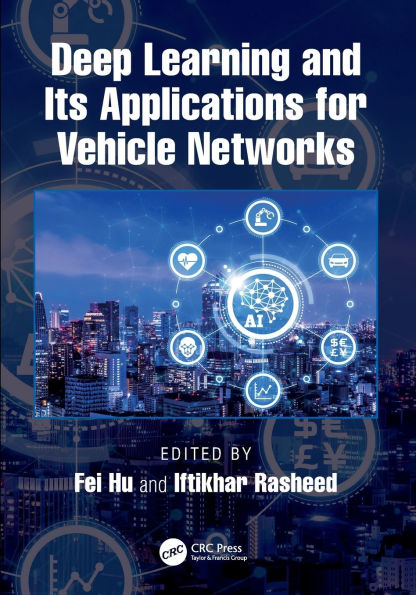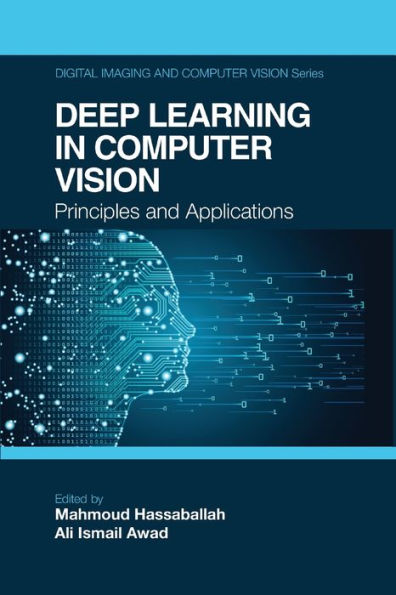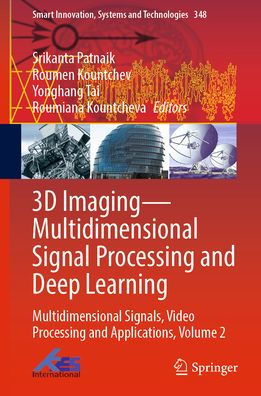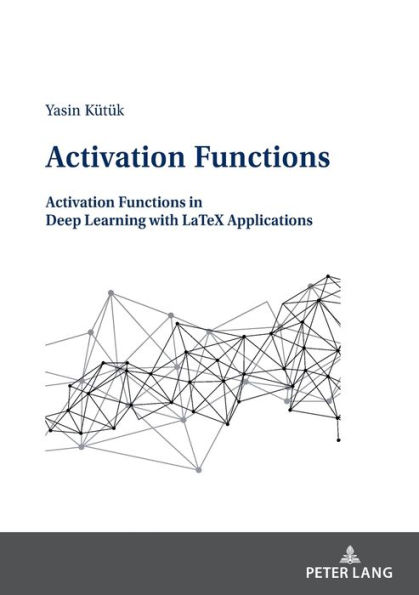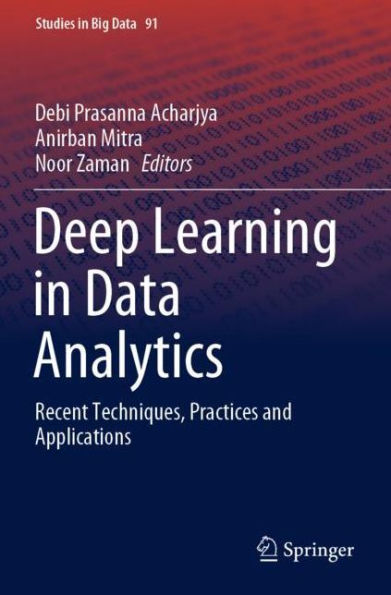Home
Multimodality Imaging of the Heart, Lungs and Peripheral Organs: Deep Learning Applications
Barnes and Noble
Multimodality Imaging of the Heart, Lungs and Peripheral Organs: Deep Learning Applications
Current price: $190.00
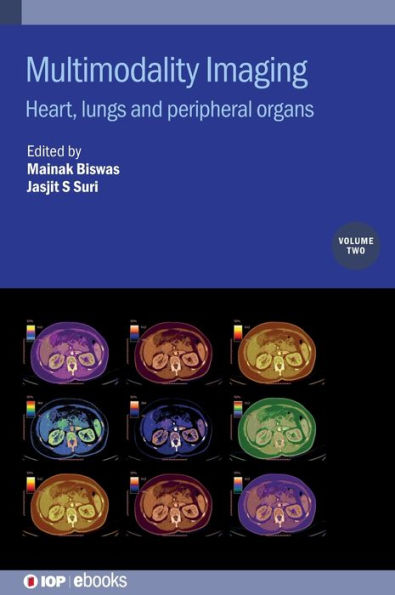

Barnes and Noble
Multimodality Imaging of the Heart, Lungs and Peripheral Organs: Deep Learning Applications
Current price: $190.00
Size: Hardcover
Loading Inventory...
*Product information may vary - to confirm product availability, pricing, shipping and return information please contact Barnes and Noble
This volume discusses various diseases related to lung, heart, peripheral arterial imaging, and miscellaneous topics like gene expression characterization and classification. Further, the Vol. 2 discusses imaging applications, their complexities and the DL-models employed to resolve them in detail. The DL-based applications are categorized into two types: segmentation and characterization.
The segmentation is chiefly involved in dissecting region-of-interest (ROI) of the infected part. In the characterization part, the dissected ROI or the overall image is graded as per the risk factor is involved. DL has a remarkable success in segmenting carotid plaque area from ultrasound common carotid artery images. Similarly in case of brain imaging, DL-based applications for brain cancer are divided into segmentation and characterization. In the segmentation part, the brain tumour is separated from the healthy tissue. In the characterization part, the tumour cells are graded as per their risk. Overall, DL is human brain comparable intelligence system which can strengthen effective medical treatment in a faster way. It is for sure, that DL-based technologies can enable doctors to quickly diagnose the patients, provide an effective plan for treatment and help in saving lives.
Key features:
Discusses various diseases related to lung, heart, peripheral arterial imaging, and miscellaneous topics like gene expression characterization and classification
Discusses imaging applications, their complexities and the DL-models employed to resolve them in detail
Takes the most basic workable model and then builds the entire architecture in a bottom-up approach
Provides state-of-the-art contributions while addressing doubts in multimodal research
Details the future of deep leanring and big data in medical imaging
The segmentation is chiefly involved in dissecting region-of-interest (ROI) of the infected part. In the characterization part, the dissected ROI or the overall image is graded as per the risk factor is involved. DL has a remarkable success in segmenting carotid plaque area from ultrasound common carotid artery images. Similarly in case of brain imaging, DL-based applications for brain cancer are divided into segmentation and characterization. In the segmentation part, the brain tumour is separated from the healthy tissue. In the characterization part, the tumour cells are graded as per their risk. Overall, DL is human brain comparable intelligence system which can strengthen effective medical treatment in a faster way. It is for sure, that DL-based technologies can enable doctors to quickly diagnose the patients, provide an effective plan for treatment and help in saving lives.
Key features:
Discusses various diseases related to lung, heart, peripheral arterial imaging, and miscellaneous topics like gene expression characterization and classification
Discusses imaging applications, their complexities and the DL-models employed to resolve them in detail
Takes the most basic workable model and then builds the entire architecture in a bottom-up approach
Provides state-of-the-art contributions while addressing doubts in multimodal research
Details the future of deep leanring and big data in medical imaging
